I swapped my LED display for a $1,300 OLED monitor. Here’s what happened
I waited far too long to switch to OLED, and now I'll never go back
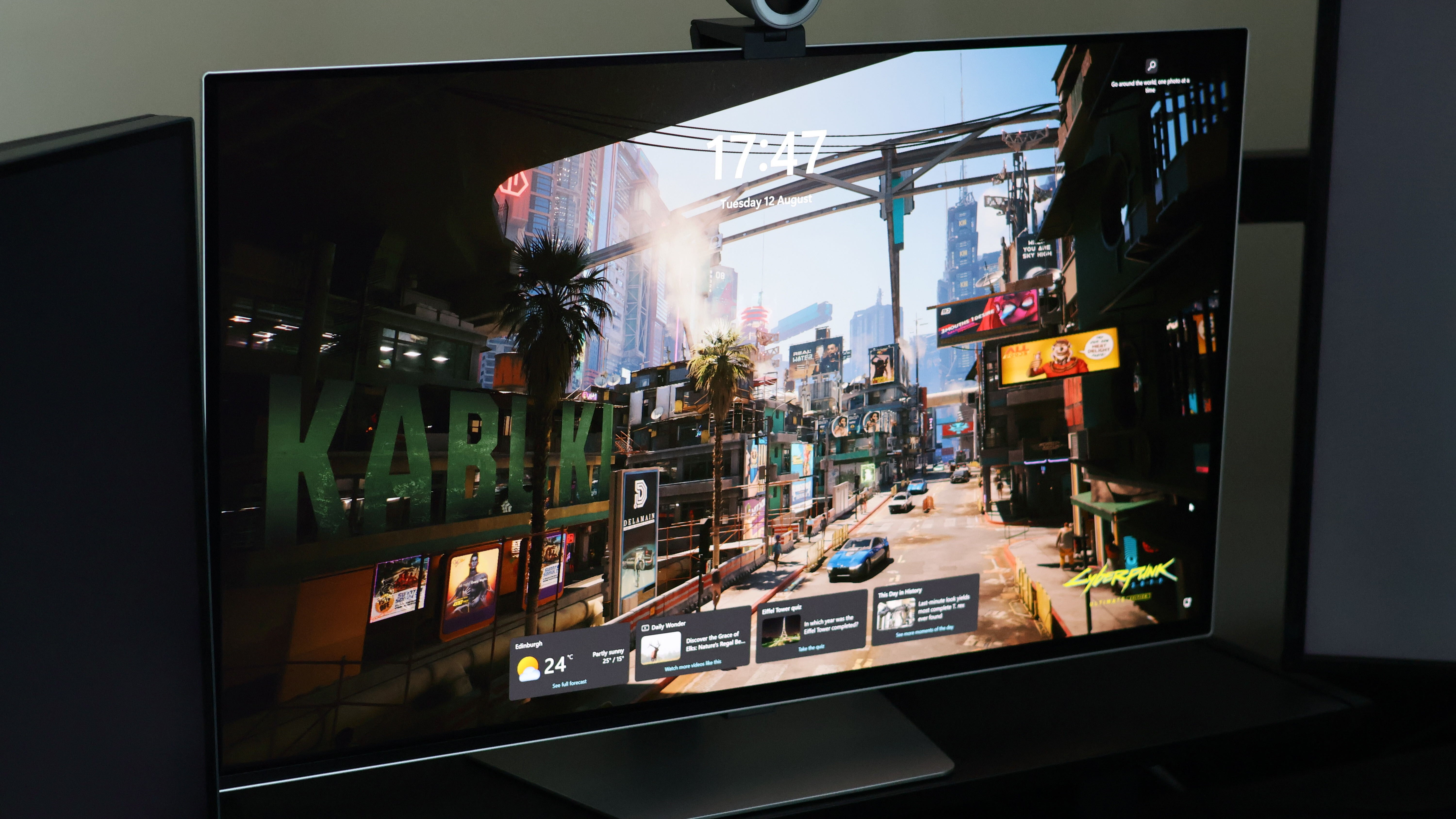
For as long as I’ve owned a gaming PC or console, I’ve spent hours sitting in front of what can only be described as a series of subpar monitors. From the tiny 19-inch TV that I bought with my Xbox 360, to the 21.5-inch LG monitor that accompanied my first PC build, I’ve often skimped on my display in favor of hardware elsewhere. A practice I’m sure you’ll agree is asinine.
After all, what’s the point in spending thousands of dollars on a gaming PC, or hundreds on a console, only to spend your life bashing up against a 60Hz refresh rate and screen tearing? So, earlier this month, I convinced my Wife to let me buy a $1,300 OLED gaming monitor on a spur-of-the-moment basis. I managed to find a deal so good that it took a lot less cajoling than I thought it would — I’m based in the UK, and managed to snipe one through the Samsung Employee Discount portal for just £764, a massive saving that actually made the 32-inch model I bought cheaper than its smaller 27-inch counterpart. So what did I buy? And how has it changed my life?
The Samsung Odyssey OLED G8, dubbed the G81SF, now sits atop my workspace in pride of place, alongside my relegated BenQ PD3220U, a tremendous LED display for the discerning Mac user who likes to edit photos. As you can imagine, the price you pay gets you a host of exciting tech, and the tale of the tape looks promising. The 4K OLED panel boasts a 1,000,000:1 contrast ratio, VESA DisplayHDR True Black 400 support, HDR10+ Gaming support, 0.03ms (GTG) response time, and a maximum frame rate of 240Hz. Also in town is Nvidia G-Sync and AMD FreeSync Premium Pro support. Around the back, you get DisplayPort 1.4, HDMI 2.1, a couple of USB ports, and a headphone jack.
I knew switching to OLED would be a pretty colossal shift, but I wasn’t really ready for just how much switching to the tech would elevate my gaming (and productivity) experience. After just a few days with my shiny new OLED monitor, here’s what I’ve learned.
Everybody hertz, sometimes
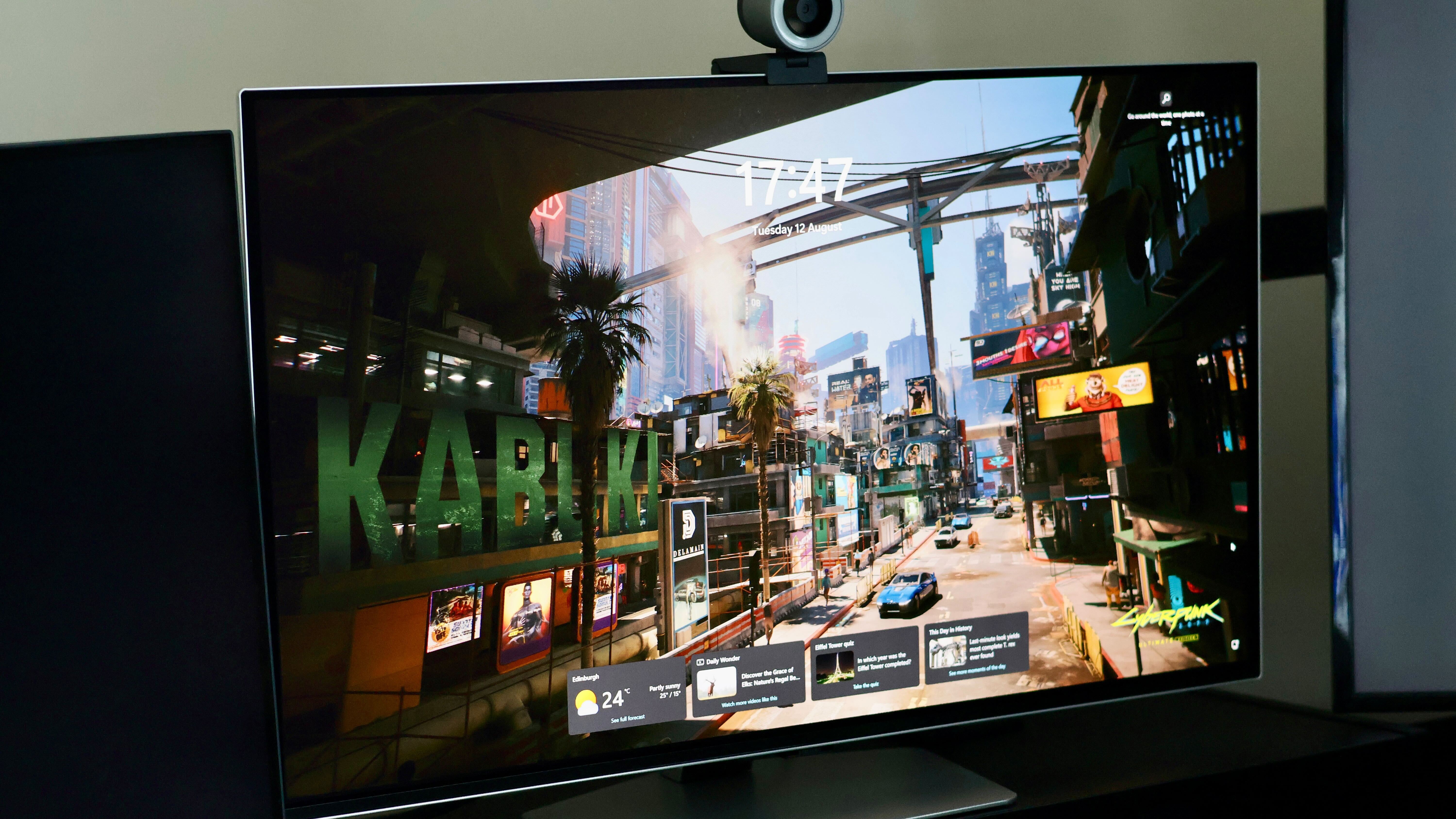
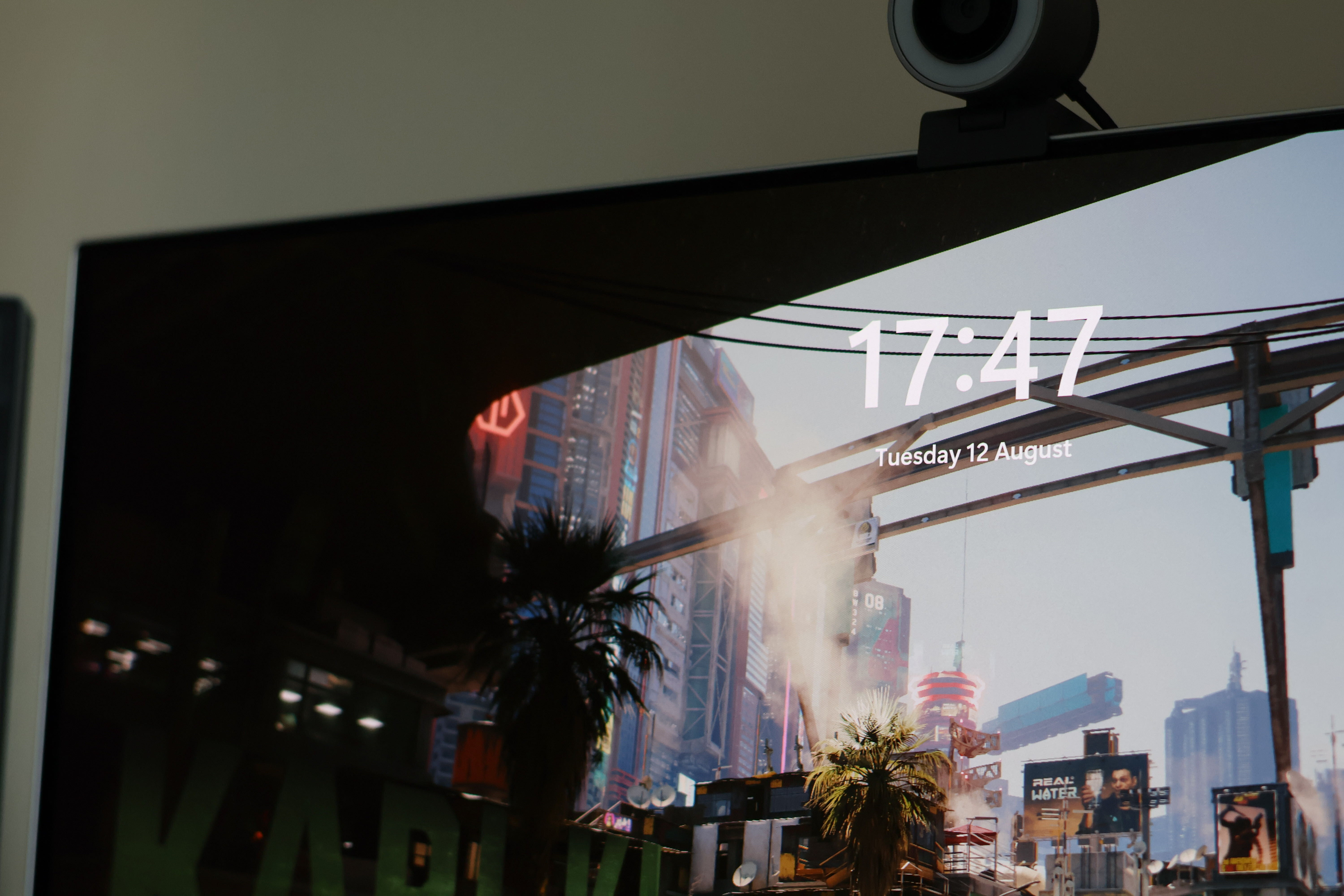
I was mostly excited for the lighting tech OLED provides, those inky, deep blacks and excellent contrasts. They haven’t disappointed, for sure, but I was actually more surprised by my huge boost in refresh rate, which has been one of the most noteworthy upgrades so far. Even just running Windows 11 in 240Hz after a lifetime at 60Hz has been an astonishing improvement, and has actually taken some adjustment. It never occurred to me that Windows 11 in 60Hz was janky or sluggish until I realized just how fast and smooth it could be a 240Hz. It reminds me of the first Pro Display XDR iPhone I bought; the jump from 60Hz to 120Hz is seismic, and you can never really go back. Gaming, too, of course, is noticeably better, and I’m finally seeing the 4K 120Hz glory of my Xbox Series X and my RTX 3070 for the very first time.
Dynamic picture quality
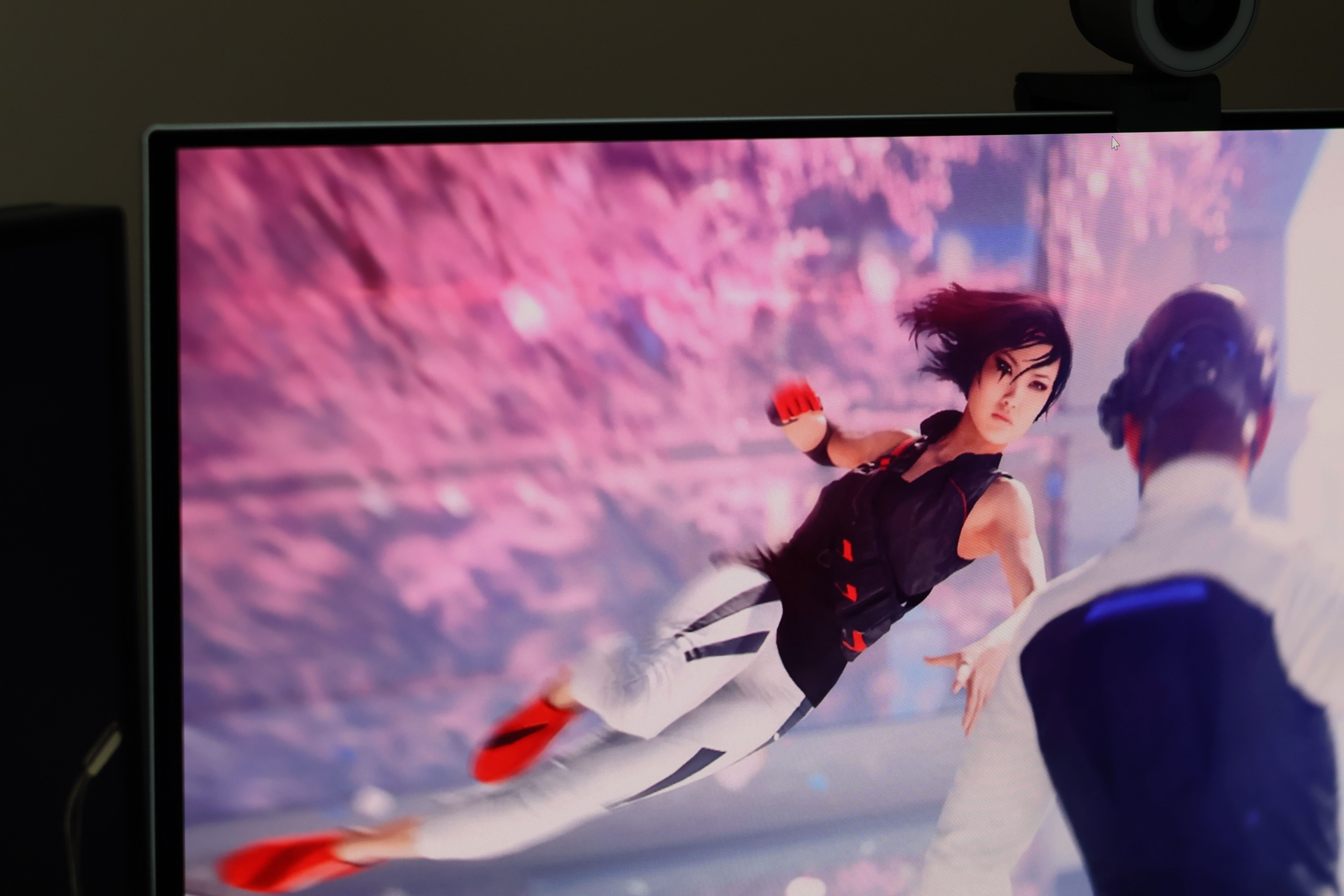
As noted, the switch to OLED lighting has been an enormous breath of fresh air, I’m seeing colors and contrasts in games, movies, and work that I’ve never seen before. You don’t really realize how not black your average LCD or even mini-LED display is until you see the true black performance of OLED. Even menus like the Xbox home screen are a delight to look at, wallpapers and games pop like never before.
I’m obsessed with burn-in

OLED tech has been around for a while, and burn-in controls are better than ever, but the prospect of the limited lifespan of an OLED panel is probably the thing that put me off making the leap for so long. The idea that some OS artifact or fixed element could be permanently branded on my extremely expensive display was a real turn-off. Now I’ve bitten the bullet, I’m obsessed with protecting my display against burnout. After about 10 minutes, I hid all my Windows desktop icons, enabled auto-hide on the Task Bar, and have stopped using Windows in full screen. Now, my windows are constantly moving and shifting. Am I enormously overreacting? Almost certainly, but it keeps me on my toes, and I’ve rediscovered my great love of finding excellent 4K desktop wallpapers, adding to my collection of images that my PC now cycles through to ensure regular pixel turnover.
Get Tom's Hardware's best news and in-depth reviews, straight to your inbox.
Just the beginning
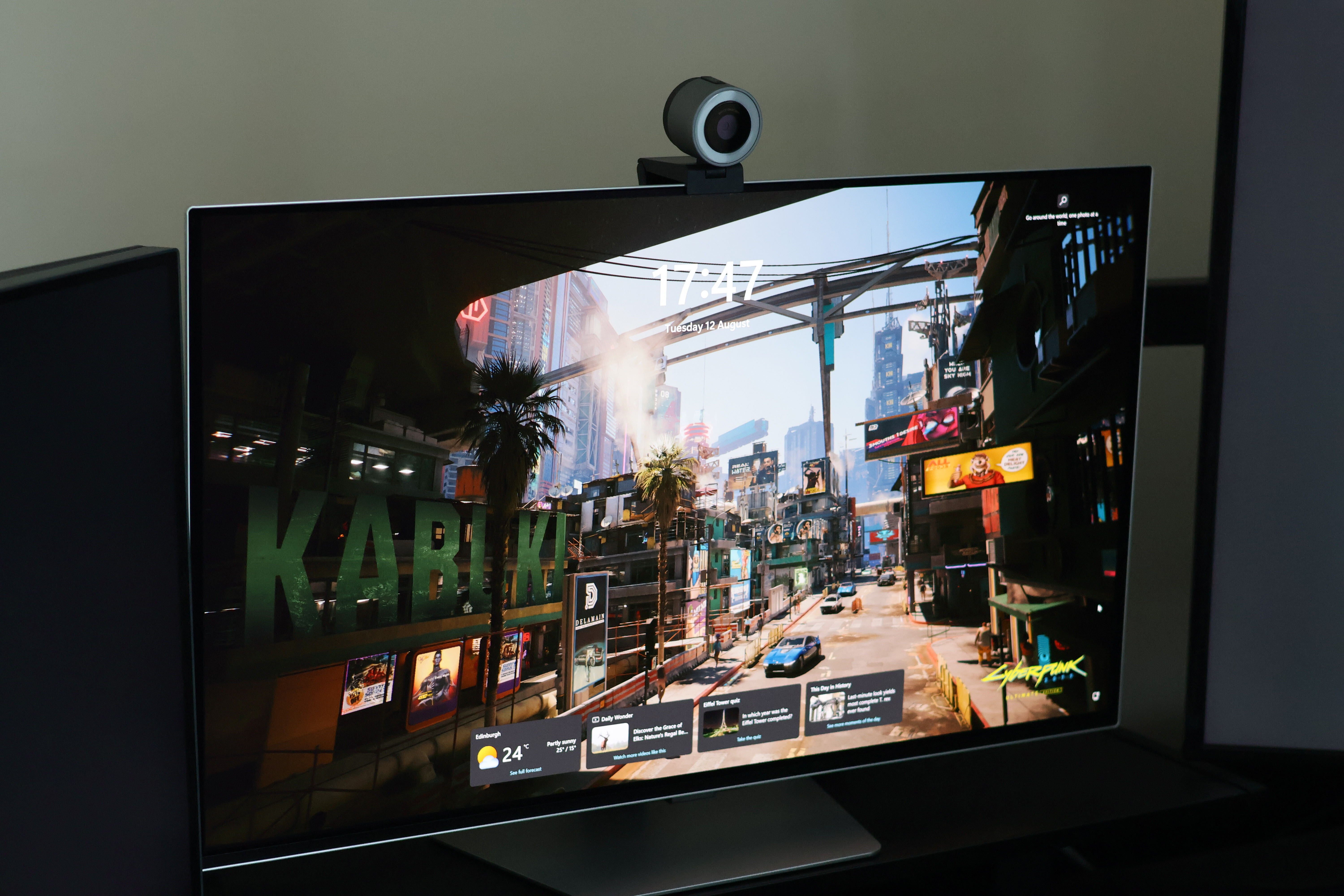
My OLED journey hasn’t been seamless, I snapped a screw inside the VESA mount on day one so I’m scared to mount it on my monitor arm, and the auto source detection that turns the monitor on or switches input modes when it detects a new device is definitely a little quirky, but overall, I’m in love.
In 20 years of buying and using PC hardware, this one monitor purchase is the single most important and significant upgrade I’ve ever made to any setup. More than switching my GPU from a 560 Ti to a 970, or from that 970 to a 3070, or even from switching from 1080p to my first 4K monitor. My OLED display is a revelation, and with a high refresh rate in two, any of the best gaming monitors out there could offer a transformative upgrade for the discerning gamer.

Stephen is Tom's Hardware's News Editor with almost a decade of industry experience covering technology, having worked at TechRadar, iMore, and even Apple over the years. He has covered the world of consumer tech from nearly every angle, including supply chain rumors, patents, and litigation, and more. When he's not at work, he loves reading about history and playing video games.
-
autobahn I told myself if I an ever get an NVIDIA 5090 card at MSRP (or less) then I will splurge on a lavish monitor like this. Yes that will be a very costly upgrade day!Reply -
JamesLahey I did the same oled upgrade although to a G9 ultrawide. It truly is a seismic shift in how media and content is displayed.Reply
About that broken VESA screw: is any of it exposed? If so, you can try to file or get a straight slot onto it, which will allow you to flathead the screw back out.
Option B: a small amount of epoxy on the screw head -
Jabberwocky79 Last year I was in the market for nothing less than a minimum 42" OLED. I poured over reviews and even made a 6-hour round trip to MicroCenter just to see them in person. After all that, knowing how much I use my monitor and how long I would need it to last, I chickened out and went with a mini-LED Samsung G7 instead. It's a fantastic monitor in its own right, so, no regrets. But yeah, OLEDs are amazing except for their price compared to shelf-life.Reply
EDIT: Actually, I just remembered one other caveat to OLEDs - Text clarity. I was really underwhelmed at the text clarity when I finally saw them in person. Now, granted, I was looking for a 42" or larger, which meant lower pixel density, but the difference was significant enough to be a turn-off for me. -
Stephen Warwick It is exposed! That's a great shout, I couldn't believe it, hadn't had it out of the box 10 minutes...Reply -
papaspud I switched to an Alienware OLED in 2021= the colors really do pop, makes that 4090 shine. It is only 165 hz.... good enough.Reply -
LordVile For gaming OLED really is only good for the more “cinematic” games IMO. For most of them a solid LED is fineReply -
Elrabin I took some of the same steps to protect my OLED, i've had the AW3423DWF about 2 and a quarter years now, 8+ hours of use a day. Not a hint of burn in so far. *knocks on wood*Reply -
wakuwaku ReplyThe Samsung Odyssey OLED G8, dubbed the G81SF, now sits atop my workspace in pride of place, alongside my relegated BenQ PD322OU, a tremendous mini-LED display for the discerning Mac user who likes to edit photos.
Yet another fake AI written article on Toms.
Hallucinated a non existent PD322OU with mini LED backlight...
We all know its not a typo for thePD3220U (note the ZERO, not the letter O)
because that monitor which does exist does not have a mini led backlight.
It is a normal edge lit IPS monitor for professional/creator use.
Here you go a spec sheet:
https://www.benq.com/en-my/monitor/professional/pd3220u/spec.htmlNote the backlight technology and peak brightness in HDR with a max of 300 nits....definitely not mini LED. -
vanadiel007 I have been using OLED for the past 3 years, I was an early adopter.Reply
I have seen burn-in first hand on a few displays I owned.
I highly recommend the following not only to avoid burn-in, but also to ensure all OLED pixels wear as evenly as possible:
- Set a medium dark grey uniform background for the Windows desk top.
- Disable all Icons on your desktop. This takes a few hours to get used too but once used you will be amazed why you never done this before.
- Auto hide the Windows task bar.
- Use your monitor's anti burn-in options rigorously.
- Set a full screen screen saver that comes on after 1 minute o Windows inactivity.
After that, there is 1 additional thing I recommend doing: when you auto hide the Windows taskbar, there's a single pixel white line that at the very bottom of the screen to let you know where your hidden taskbar is. There's no way to turn that off with any Windows setting and because it's white it is bright and will burn in over time.
There are free programs, very small, that will get rid of that pesky white line to ensure everything is fully hidden except your medium dark grey background.
I have tried a completely black background, which would be optimal, but I find that highly difficult to work with as it always looks like the monitor is off and it feels really weird to have a completely black background. -
wakuwaku BenQ only has one product that is a mini LED btw:Reply
https://www.benq.com/en-my/monitor/compare-all.html?panel=mini-led
Also check out the spec of that ONE monitor:
https://www.benq.com/en-my/monitor/gaming/ex321ux/spec.htmlNow THAT is a mini LED with